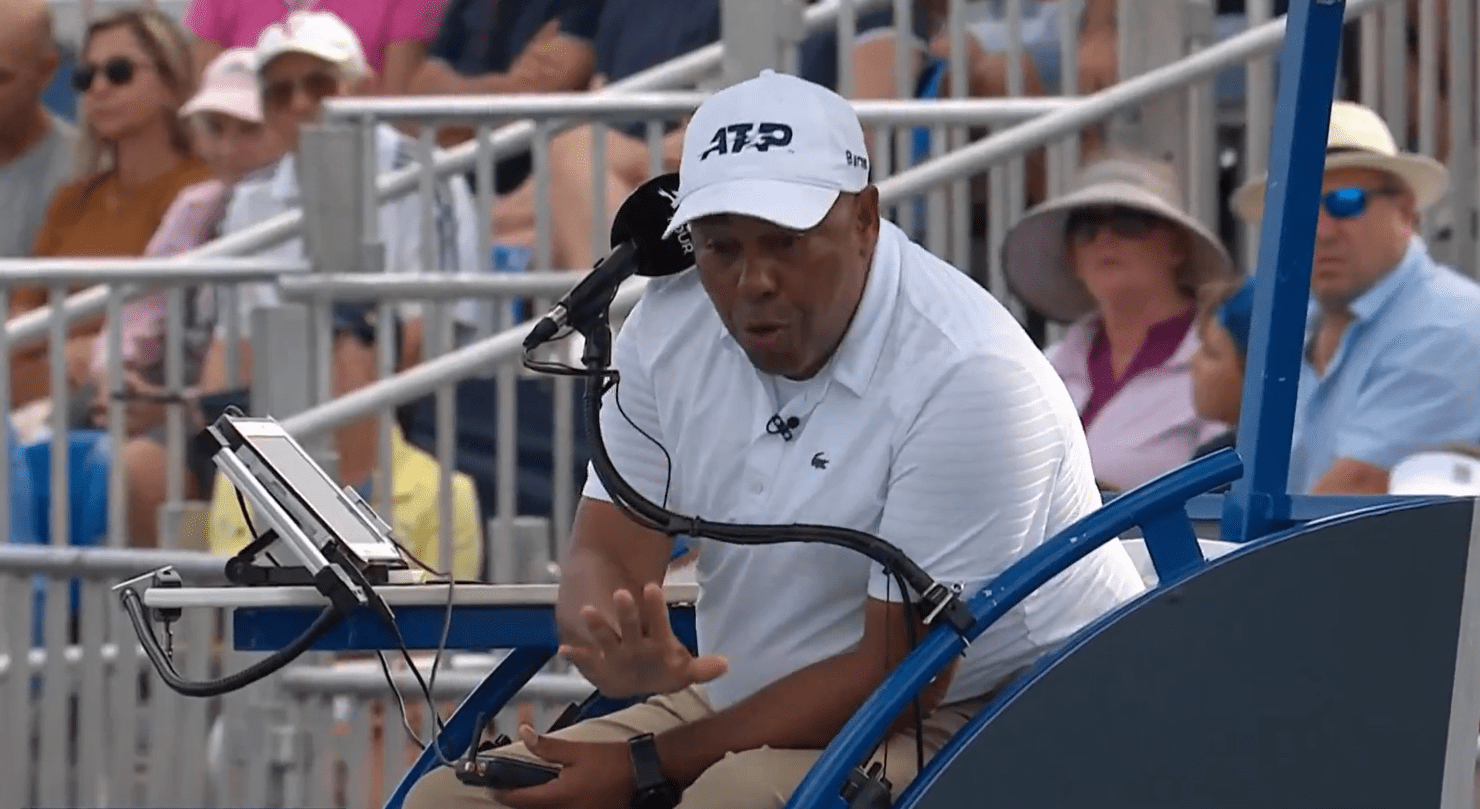Andy Murray's Outburst
British tennis star Andy Murray had a series of fiery confrontations with the umpire, Carlos Bernardes, during his grueling Miami Open match against Tomas Machac. Murray expressed frustration at distractions from the crowd and received a time violation warning, leading to heated exchanges on the court.
Horror Injury Scare
During the match, Murray suffered a severe ankle injury, causing him to collapse in pain on the court. Despite the injury, he refused to have his ankle taped and continued playing, showcasing his determination and resilience.
Murray's Brave Effort
Despite the injury setback and emotional outbursts, Murray fought valiantly in the match, saving match points and pushing it to a deciding-set tie-break. Ultimately, Czech player Tomas Machac emerged victorious, ending Murray's Miami Open journey in a heartbreaking defeat.
After the match, Murray's brother Jamie tweeted a simple yet poignant message, highlighting the harsh reality of tennis competition: "Tennis can be brutal."

Frequently Asked Questions
How can a tennis player balance school and intense training requirements?
The challenge of balancing the demands of academics and training is one that all tennis players face. It requires excellent time management, prioritization, and often creative scheduling. Flexible academic programs and online schooling can accommodate the busy training and traveling schedules of young athletes. Families, coaches and educational institutions can also play a vital role in helping athletes achieve their athletic goals without compromising their studies.
What role is video analysis in training the best tennis players?
Video analysis can be a valuable tool to train and develop top tennis players. It allows a detailed analysis of opponent patterns, technique, and match play. The video analysis helps coaches and players analyze strokes to pinpoint areas for improvements and strategize. It also aids in recognizing habits and tendencies that may go unnoticed during the heat of competition, enabling more targeted and efficient practice sessions.
What kind support team do top tennis players need?
Tennis players need a solid support team in order to perform at their best. The team will typically include a head trainer to oversee the training and technical development of the player, a fitness coach for physical conditioning and injury prevention, a medical professional or physiotherapist for injury management and prevention, a sports psychology specialist for mental coaching and a nutritionist for diet advice. A hitting partner, a manager or agent, and sometimes a stringer can also be part of the team, ensuring the player can solely focus on their game.
What type of fitness is necessary for tennis players?
Tennis is a physically demanding sport that requires a combination of aerobic endurance, anaerobic fitness, speed, strength, and power. Tennis players’ fitness training often includes cardiovascular exercises to increase endurance, explosive and plyometric exercises to increase speed and power, strength training, and agility drills to improve footwork and court movement. The core stability exercises and balance drills are important for developing the muscular endurance, coordination, and strength necessary to handle the physical demands in tennis.
How important is it to compete in junior tournaments for a career in professional tennis?
A junior tournament is a key step to a successful tennis career. These tournaments give young athletes the chance to compete against peers, gain valuable experience in matches, and learn how to deal with the mental demands of competitive play. These junior tournaments serve as a springboard to higher-level events and can impact a young athlete’s ranking and visibility among coaches and sponsors.
Statistics
- On average, it’s estimated that only 1 in 5000 high-level junior tennis players will develop into internationally ranked professionals.
- Statistical trends indicate that top tennis players usually have at least 5 people in their support team, including coaches, fitness trainers, and physiotherapists.
- Nutritionists report that a tennis player’s diet should consist of about 55-60% carbohydrates, 15-20% protein, and 20-25% fats during intense training periods.
- Engaging in structured video analysis sessions has been shown to improve a player’s tactical decision-making by approximately 35%.
- Top tennis players typically train for 4 to 6 hours per day, divided between on-court practice and fitness training.
External Links
essentialtennis.com
optimumtennis.net
itftennis.com
atptour.com
topendsports.com
How To
How to Master Your Tennis Footwork and Court Movement
Conditioning is the key to perfecting your footwork. You can improve your lateral and line movements by incorporating agility exercises, such as cone drills and ladders drills, into your training. Split stepping, a short hop done as the opponent hits a ball, will allow you to move into your next position quickly. Improve your ability of recovering quickly from every shot with dynamic drills. Balance and coordination exercises should be the focus of your training. Finally, during match play, be aware of your movement and strive to position yourself optimally, giving yourself enough time to hit each ball comfortably.

